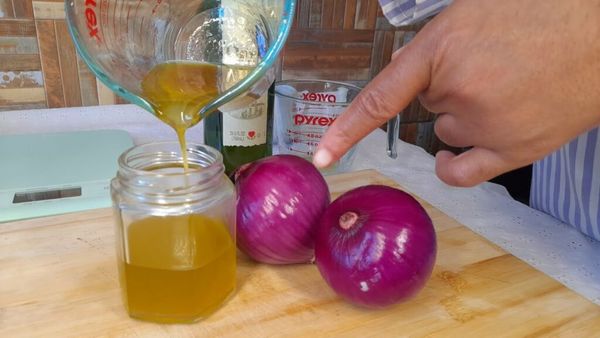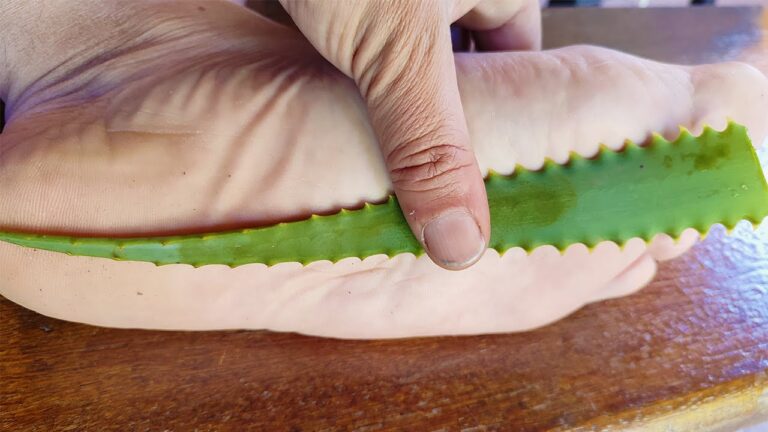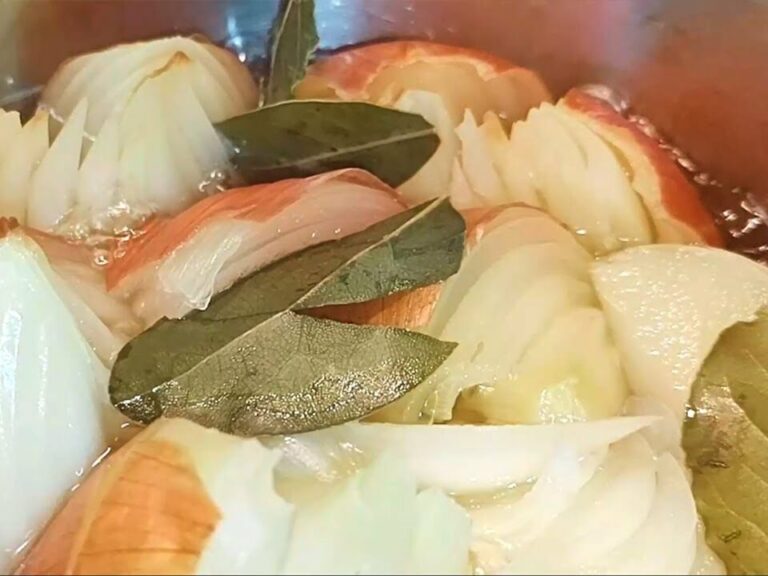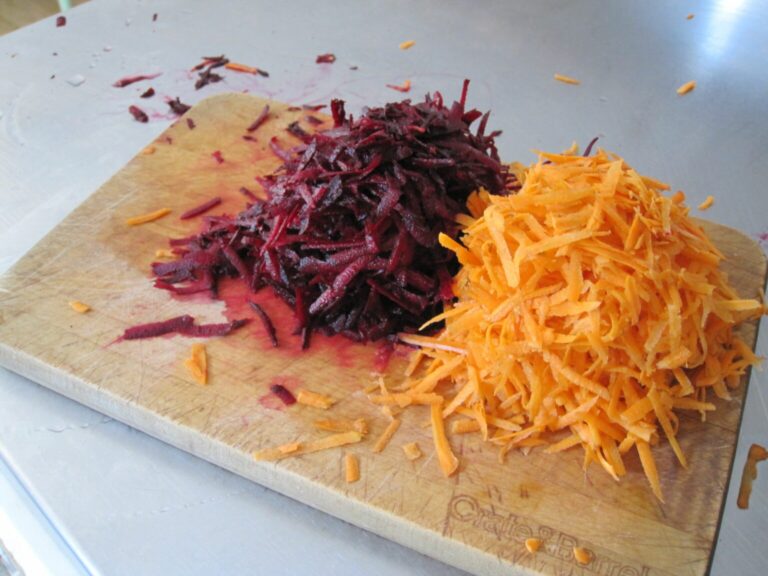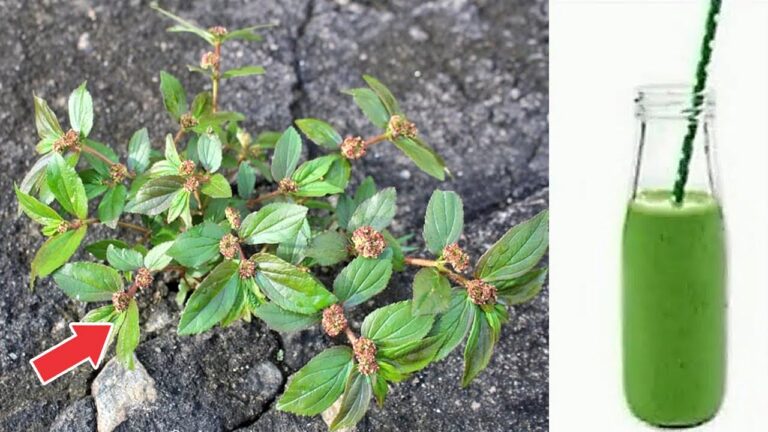Coffee and egg might sound like an unusual combination, but in some cultures, this blend is a well-kept secret for creating a unique and surprisingly delightful beverage. This recipe not only enhances the flavor of your morning coffee but also adds nutritional benefits that you wouldn’t expect from your regular cup of joe. Let’s dive into how to make this intriguing coffee mixture with egg.
Why Mix Coffee with Egg?
The idea of mixing coffee with an egg might seem odd at first, but this combination has roots in Scandinavian and Vietnamese coffee traditions, where it’s appreciated for its creamy texture and rich flavor. Here’s what makes it special:
- Richer Flavor: The egg yolk adds a creamy texture and richness that mellows out the bitterness of the coffee, enhancing its inherent flavors.
- Improved Texture: Egg whites can be whipped into a frothy, light consistency, turning a simple cup of coffee into a luxurious and creamy drink.
- Added Nutritional Value: Eggs are a great source of protein and essential nutrients, which can help to balance the stimulant effects of caffeine with a sustained release of energy.
Simple Coffee and Egg Recipe
Here’s how to prepare this secret coffee mixture that will transform your coffee experience:
Ingredients:
- 1 fresh egg
- 1 cup of freshly brewed coffee (preferably strong and hot)
- Optional: honey or a sweetener of your choice
- Optional: a pinch of cinnamon or vanilla extract for flavor enhancement
Instructions:
- Separate the Egg: Separate the egg white and yolk. If you prefer a smoother texture, use only the yolk. For a frothier texture, whip the white until it forms soft peaks.
- Mix the Egg with Coffee: Whisk the egg yolk with a small amount of hot coffee to temper it. This prevents the egg from cooking unevenly when introduced to heat. Gradually add more coffee, whisking continuously until the mixture is smooth and creamy.
- Add Flavors (Optional): If you like your coffee slightly sweet, add honey to taste. You can also add a pinch of cinnamon or a few drops of vanilla extract to enhance the flavor.
- Combine with Whipped Egg White (Optional): If you used the egg white, gently fold it into the coffee and egg yolk mixture until well combined. This step is optional but adds a delightful frothiness to the drink.
- Serve Immediately: Pour the coffee and egg mixture into a cup and enjoy it warm. The result is a creamy, rich coffee that’s unlike anything you’ve had before.
A Word of Caution
Ensure the eggs are fresh and properly handled to avoid the risk of salmonella. Some prefer to use pasteurized eggs for safety.
Conclusion
This coffee and egg mixture might just become your new favorite way to enjoy coffee. It’s not only a delicious and luxurious treat but also a great way to incorporate more protein into your breakfast routine. Give this secret recipe a try, and you might find it’s the perfect upgrade to your morning ritual!



